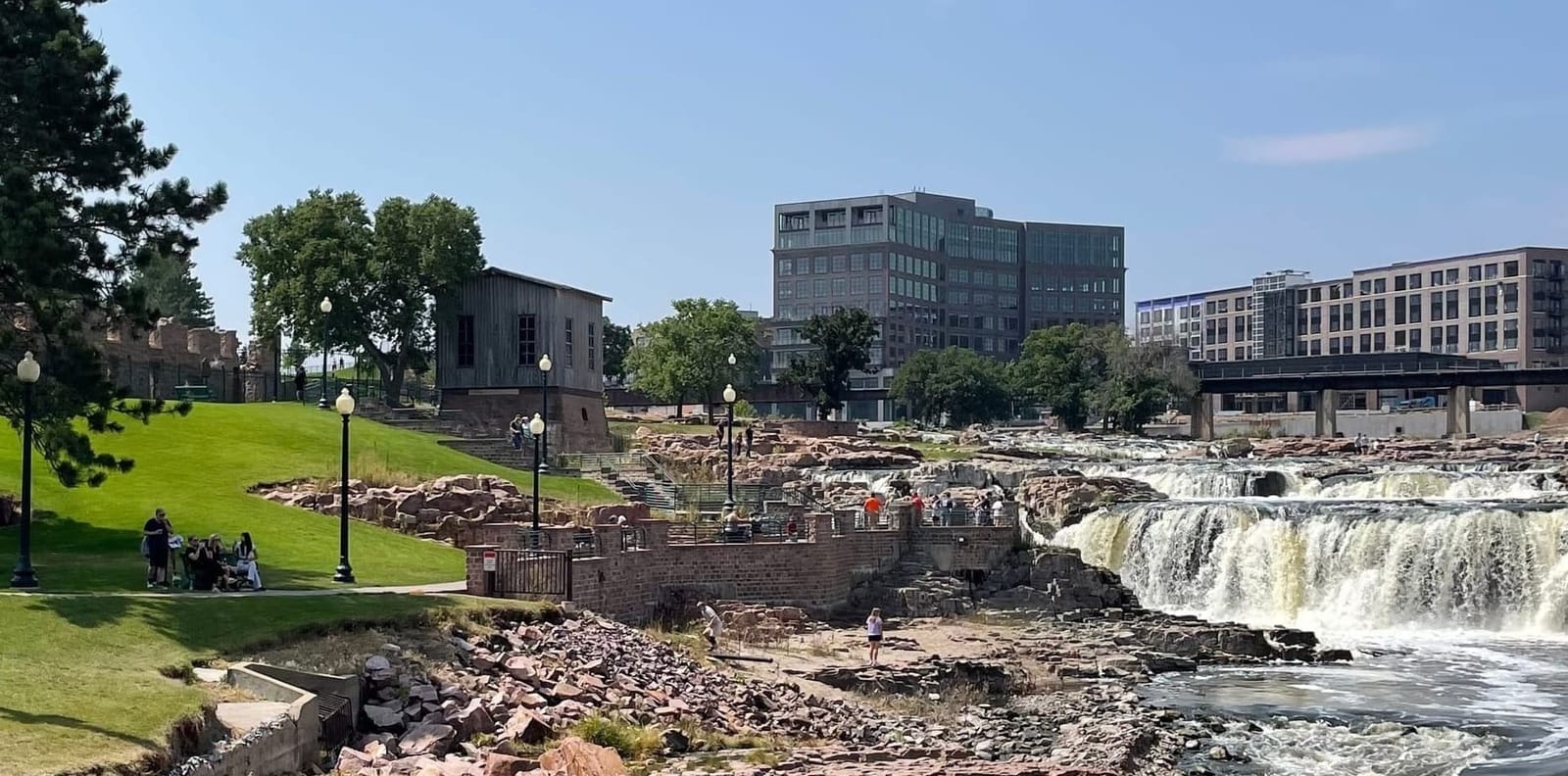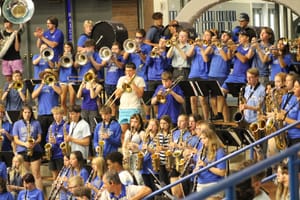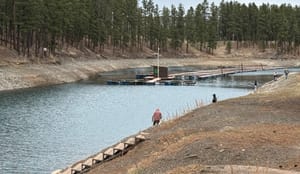Melissa Avelino is a data journalism student at Augustana University. In this series, she looks at the changing face of South Dakota using U.S. Census Data.
South Dakota's only two formal metro areas are now home to roughly half the state's population, according to the latest U.S Census data.
Over the past few decades, Rapid City and Sioux Falls have ballooned into burgeoning population centers drawing newcomers from around South Dakota and elsewhere who want to move there and settle down.
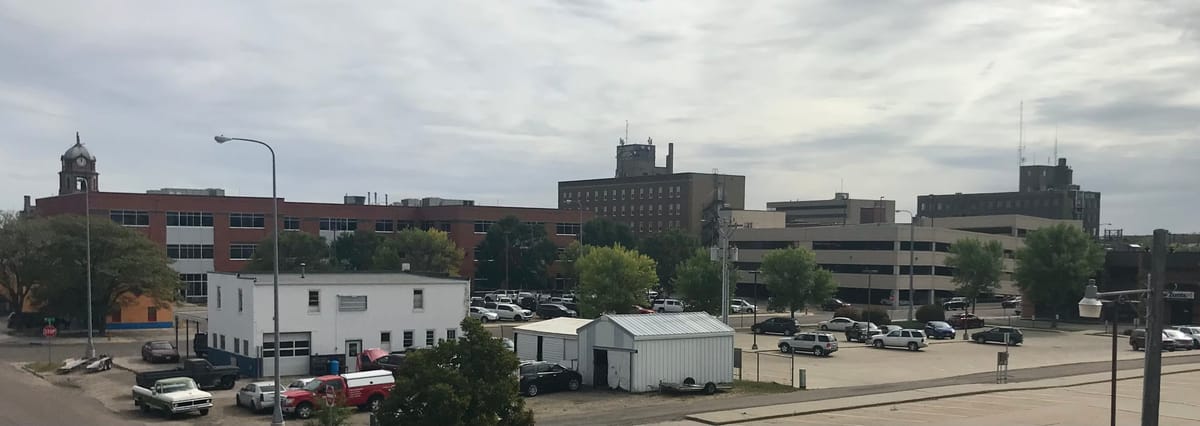
As of 2025, Sioux Falls' city population was an estimated 219,588 and its metro area was 308,266 residents as of 2023, according to the Census. Rapid City just topped 85,000 residents, with a metro population of 156,227, as of 2024.
The share of the state population living in Sioux Falls and Rapid City metro areas was 47% in 2018. That increased to 50% in 2023, an estimated 464,493 in both areas combined, about half of South Dakota's 920,000 estimated population in 2024.
Sioux Falls Mayor Paul TenHaken said the city's growth is happening organically, and there is no number as a goal.
"What we're trying to do is be really smart and intentional with that growth," he said. "Because you can also have too much growth that creates a strain on the infrastructure."
TenHaken, whose two terms end in 2026, said it is important to make sure that all the right resources are in place as the city grows by 2.5% to 3% every year.
Lincoln County, which comprises the south part of the Sioux Falls metro area, increased its population by 8.2% since 2020 and remains one of the fastest-growing in the state.
Jason Salamun, who has been the mayor of Rapid City since 2023, measures the growth of the city as a trend that will naturally happen because the city is a place where people feel safe and can prosper.
"The goal is to keep this community special," Salamun said. "I believe that more people will be attracted to the lifestyle that we enjoy here."
Rapid City grew by 10,000 people since 2020.
The data
The U.S Census Bureau estimates the Sioux Falls Metropolitan Statistical Area (MSA) population increased by 7.6% since 2020. It includes five counties: Minnehaha, Lincoln, McCook and Turner in South Dakota and Rock in Minnesota.
The Rapid City metro area had an estimated population growth of 6% since 2020. It includes Pennington and Meade counties.
The following map explores the principal cities in the Sioux Falls metro area and tracks the population trends since 2000. Click on the circles to see the numbers.
The following map explores the principal cities in the Rapid City metro area and tracks the population trends since 2000.
Some reasons for the growth
Brianna Easton, a graphic designer who moved to Rapid City seven years ago, said its main appeal lies in its environment and proximity to the Black Hills.
"People find Rapid City attractive because of the bigger-city-type feel – big enough that you don't run into the same people all the time," Easton said.
Such quality of life is a big reason people move, said Kara Harders, the community vitality field specialist for South Dakota State University Extension in Brookings.
She's conducting a non-scientific survey that's filled out by people when they move from one place in South Dakota to another. It indicates that 75% of those newcomers did not move because of a job.
"Once I found those things, I realized I thought I wanted to move where I live now and then I started looking for a job," Harders said of the newcomer survey results. "If I had been looking just for a job, there's a pretty good chance I wouldn't have ended up here. I had to be focused on other things and then look for the job."
That is what Easton's brother, Matthew Weber, found two years ago when he decided to move from his hometown of Aberdeen after college graduation to Sioux Falls.
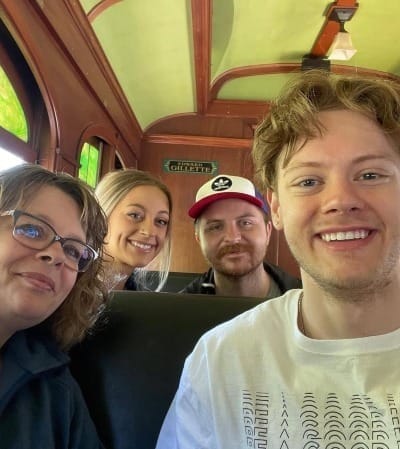
"I was trying to figure out a way to move to Sioux Falls and then this job kind of lined up for me," Weber said.
1992 magazine article prompted a surge
Money Magazine ranked Sioux Falls as the best place to live in America in 1992, which put it on the national map as an attractive place to move.
One year later, Susan Schrader, a retired sociologist who has lived in Sioux Falls since 1978, was coming back from working on her doctorate in Minneapolis and first noticed that the city was growing.
"Augustana now is really, in many ways, eventually going to become an inner city university, a lot of growth already," Scharader said. "Certainly, since then, the city has just exploded."
Join other South Dakotans and support statewide storytelling.
Weber sees Sioux Falls as a place where people can experience that city vibe and opportunities with a smaller ratio feel.
"Sioux Falls is growing and stuff like that but still small enough where it's more, maybe like, digestible for new people," Weber said.
"There's a lot more like community events going on, like different events for different groups of people," he said. "And definitely some more food options here."
Michael Mullin moved to Sioux Falls to teach history at Augustana University in 1988. For him, the growth has been an opportunity to diversify the city and make things better.
Part of this growth is because of young people and the city leaders' focus on keeping Sioux Falls' local identity, with a concern for neighbors and looking for improvements for everyone.
"The city also has a 'young' people vibe,'" he said. "Young professionals are driving the city for the better."
Quality of life and opportunities
Mayor TenHaken said the quality of life in Sioux Falls is due to parks, low crime, affordable housing, good infrastructure and good schools. That's why people have been attracted to it, and the metro area is projected to be about 500,000 people in 25 years, he said.
"If you're looking at a city where you wanted to move to, you want things to do," TenHaken said. "You want arts and culture and restaurants and activities."
Rapid City draws people differently, and everything starts with the visit of 3.9 million visitors each year, Salamun said.
"The great outdoors here certainly enhances our quality of life. Folks come here and they start to look around, they start to wonder what it's like to live here," he said. "Because of the lifestyle that we have here, the freedoms that we enjoy."

Easton loves the idea of balance in her lifestyle, living in a bigger city in South Dakota and having the Black Hills right in her backyard.
"I can go out and hike anytime and go paddleboarding whenever I want," she said.
Infrastructure to preserve its identity
TenHaken emphasizes the importance of work on the infrastructure not only to accommodate the growth but also to preserve the city's character.
"The best way to preserve our identity is to bake that DNA of the community into subcultures within the community," he said. "Making it true that the things that have made us great over the years, when we were small, are still things that we continue to do.
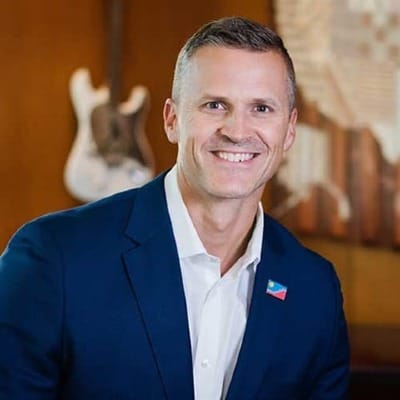
"We luckily have been very strategic in some of our investments, and we have a water supply for the next several decades," TenHaken said. "We have to balance the assets and the resources we have with the economic impact. So we treat those resources just like any natural resource that we have to protect and preserve."
To Salamun, what makes Rapid City special is not just its abundant natural beauty but also its residents.
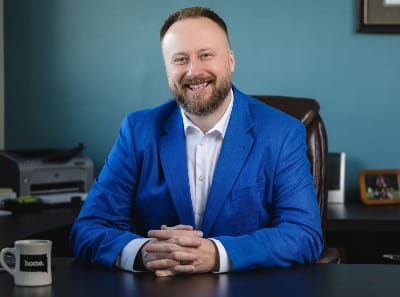
"(As) long as we keep to our strong values, that we are warm and welcoming, that we try to do the right thing at all times, we will continue to be a community that is remarkable," he said. "And for me, I think that's really what it boils down to the people."
This story was produced by South Dakota News Watch, an independent, nonprofit organization. Read more stories and donate at sdnewswatch.org and sign up for an email to get stories when they're published. Melissa Avelino dos Santos is a student from Rio Branco, Acre, Brazil, at Augustana University in Sioux Falls. She is a summer 2025 intern at SDNW with support from the Nonprofit Newsroom Internship Program created by The Scripps Howard Fund and the Institute for Nonprofit News. Contact Melissa: melissa.avelino@sdnewswatch.org.

